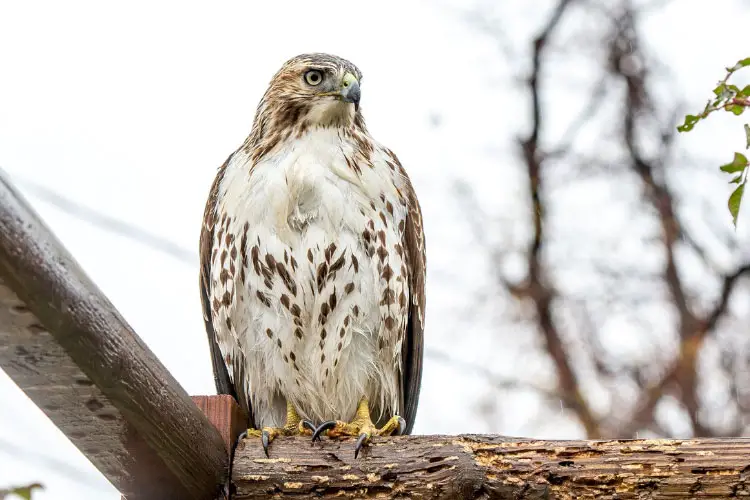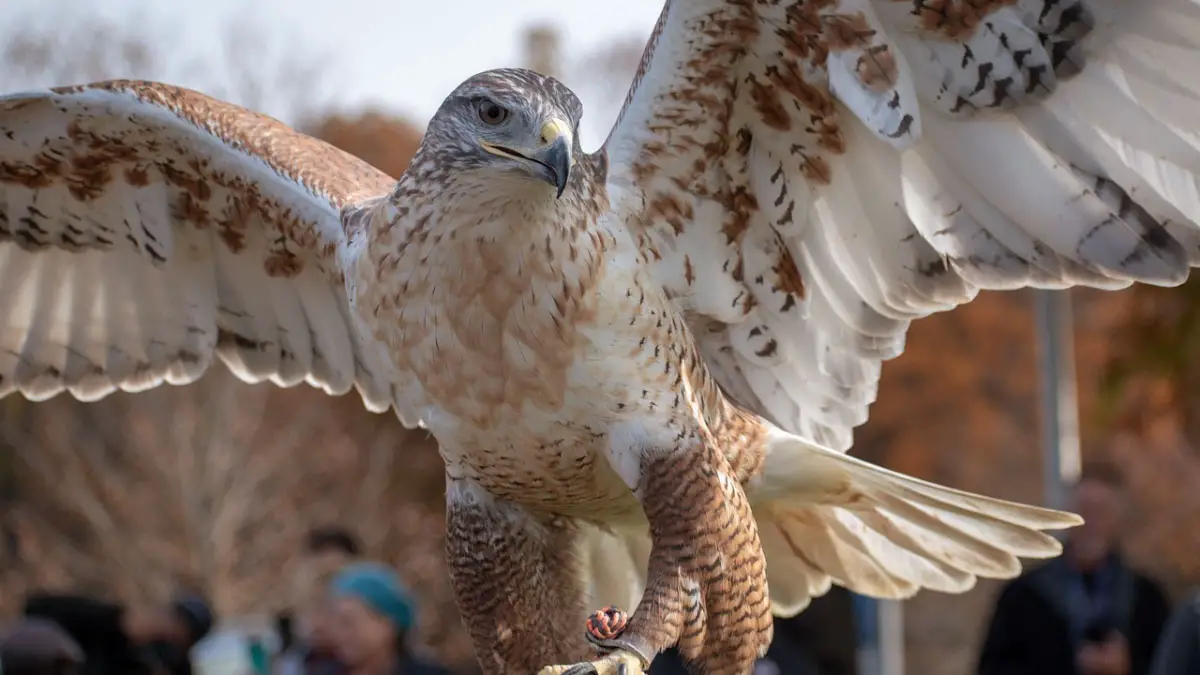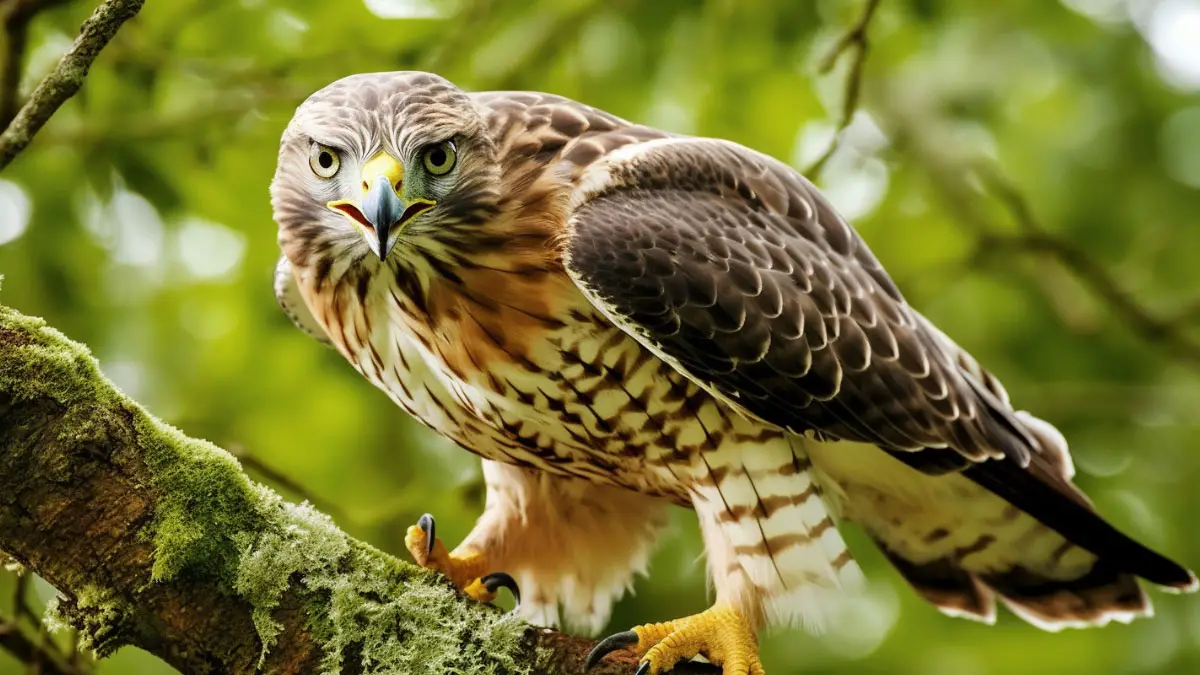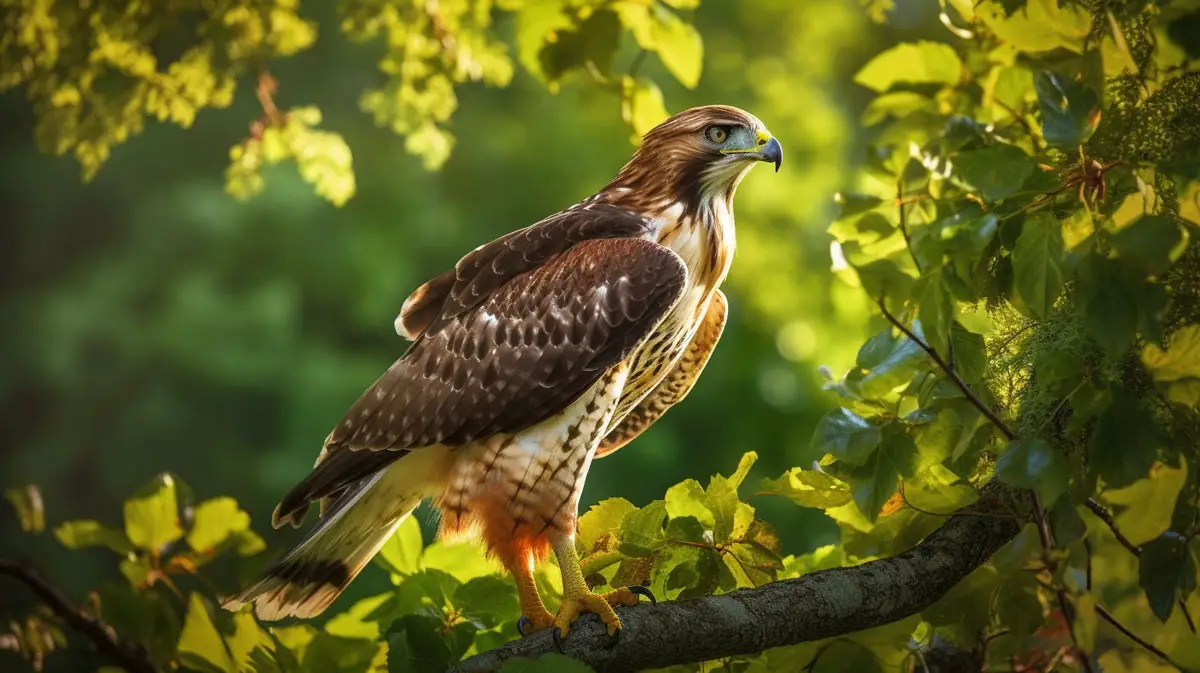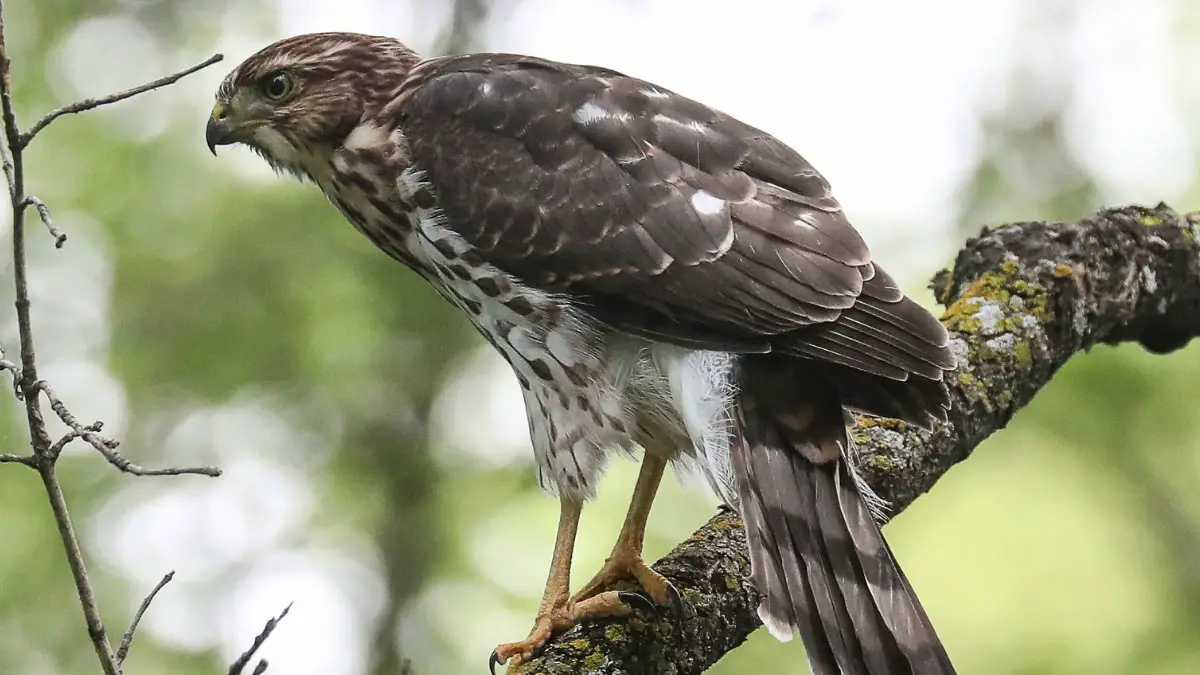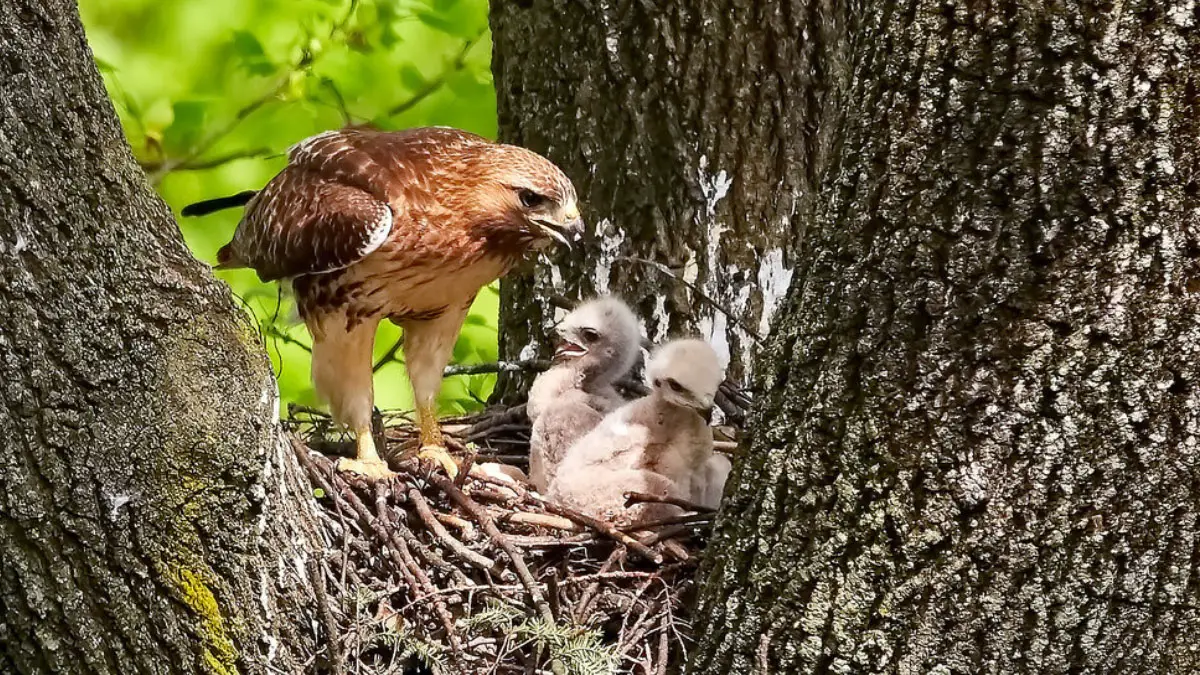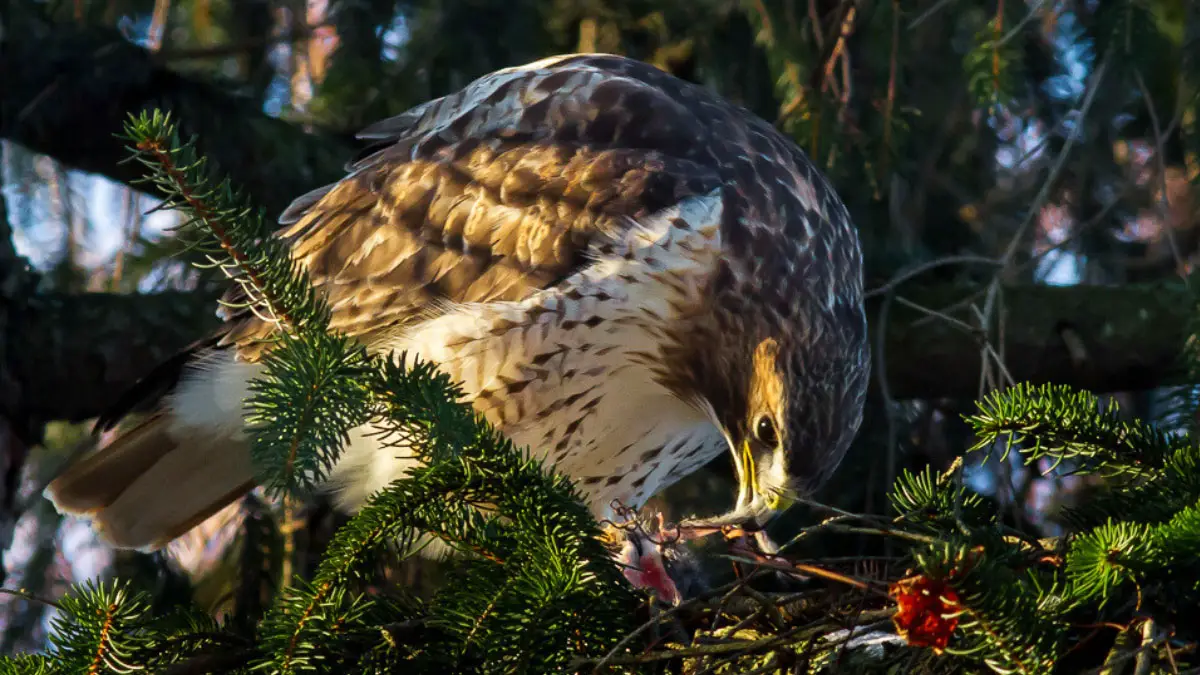Hawks, also called true hawks, are medium-sized birds belonging to the family Accipitridae. Although they are not as fast as some of the birds in the kingdom Animalia, hawks are typically fast.
So, what is a hawk approaching speed? A hawk’s approaching speed is the velocity it achieves on a hunting dive, sometimes called stooping. Some hawks, like the red-tailed hawk, can gather a speed of over 190km/h on a stoop. Most times, hawks dive while hunting other fast-flying birds.
During a dive, several factors affect a hawk’s speed. Keep reading to learn about these factors and know some hawks’ flying speeds.
What Is a Hawk Approaching Speed?
In general, the word approaching speed means the speed at which any flying object is moving towards a certain point. When it comes to hawks, this is the velocity at which the birds dive toward their prey. As diurnal birds of prey, hawks are carnivorous animals that hunt their prey for survival. As cruel as it may sound, these birds play a crucial ecological role by keeping prey species under control.
For a hawk to approach, it begins by soaring hundreds of feet above sea level. They can also perch on high buildings or trees while scanning for quarries. Then the bird uses its powerful sight to spot prey and, with a burst of speed, dives towards it. Approaching speeds can vary between hawks based on several factors and natural conditions.
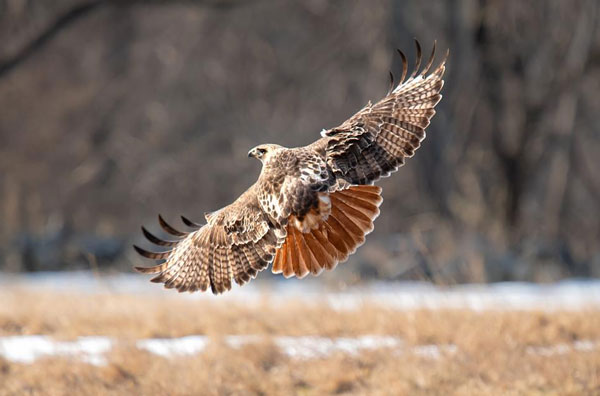
A cooper’s hawk, for instance, is known to cruise at a high velocity of over 50mph. However, this remains to be an estimate because the speed may change based on temperature conditions. Identifying their actual approaching speed is difficult because they mostly hunt in dense forests, and their speed also varies with the forest’s condition.
How Fast Can a Hawk Fly?
Hawks are generally fast, but not as fast as the peregrine falcon that holds the fastest dive record. Since the bird’s velocity differs during usual flight and hunting, the hawk’s speed is categorized into two groups. Normally, the hawk’s speed could be level flight speed or diving speed.
Red-tailed hawks can cruise at around 40mph/65km/h in a normal flight. During a dive, these birds can fly at a speed of 120mph/190km/h. Red-shouldered hawk’s level speed is about 34mph/54km/h and 100mph/160km/h during a stoop. Other hawks, including Cooper’s hawk, Harris, and sharp-shinned hawk, can maintain 30mph/48km/h in level flight.
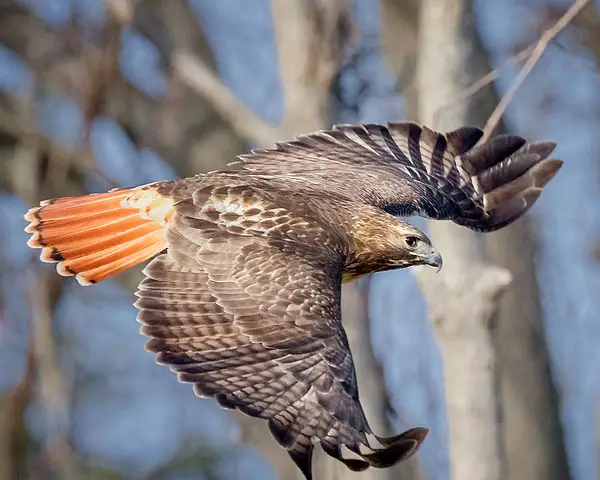
You might be surprised to know some of these birds of prey can fly to heights of over 3000 feet. However, hawks prefer to perch on high poles and survey for a game before pouncing on it. The birds’ sprinting speed doesn’t always determine their marathon speed, which is long-distance travel for migrations.
Also read: Why Are Hawks Hanging Around My House?
Factors Affecting a Hawk’s Speed
To gain these outstanding speeds, hawks have several factors that work in their favor. They have a streamlined body that reduces air drag during these high-velocity dives. The body mass of these birds also plays a salient role, with the lighter birds achieving faster speeds.
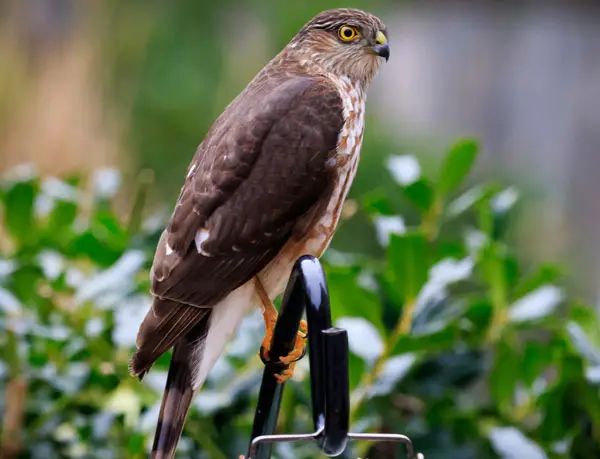
Hawks’ wing shapes also affect their speed during a dive. Thinner and sharper wings can create lesser air resistance hence higher velocity. The wingspan is another crucial factor, a hawk’s speed, where birds with smaller wingspans can dive faster than the wider ones. In research, the scientist also published that raptor wing morphing also affects flight speed.
FAQ
With the world having a wide variety of birds of prey, comparing their abilities can be wearying. Below are frequently asked questions about hawk speed and their answers.
Hawks are fairly fast compared to other bird species. A red-tailed hawk can dive at speeds of up to 118 mph while preying on other birds. However, the speed superiority is more with the falcons, who can maintain 200mph.
A dive or a stoop is a maneuver done by a hawk during a high speed prey chase. The speed can vary between the hawks, with the red-tailed having the ability to fly for more than 190 km/h. Hawk high-speed diving is aimed at intercepting and capturing flying prey using an element of surprise.
Harris hawks are famous for their ability to fly at very high speeds when pursuing prey. Their approaching speed is approximated to be 120mph when in pursuit of prey. Also, they can cover a significant distance while maintaining that incredibly high speed.
Outro
Hawks are known for their sharp and curved claws, which they use to catch and dismember their prey. However, with some of their prey possessing great speed, hawks need to gather even more in a stoop. Speed is one of the crucial factors for a hawk’s survival in the wild.
Hawks approaching speed is the velocity of these birds of prey in a hunting dive. This speed is sometimes compared with the level flight or cruising speed, whereas they’re not similar. Several factors affect flight speeds, with their body shapes playing a major role.
